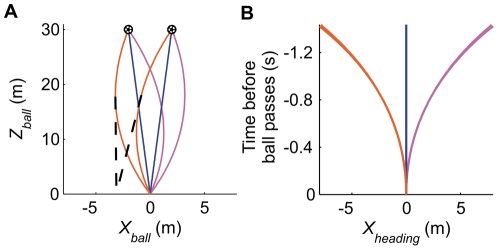Figure 1. Heading direction of straight and curved free kicks.
(A) Top view of a subset of the used ball paths (orange = counter-clockwise spin [CCS]; blue = no spin [NS]; pink = clockwise spin [CS]). The dotted lines represent the ball's heading direction at 0.5 s. If the ball were to continue with this heading direction for these exemplary trajectories, the ball would pass the goal line at −3.1 m. The ball's instantaneous heading location (Xheading) is equal to  (with
(with  ), which does not take lateral ball acceleration into account. (B) Xheading as a function of time before the ball passes the goal line. If goalkeeping movements are aimed towards the ball's heading location, and thus do not take lateral ball acceleration into account, movements would be biased in a leftward direction for CCS free-kicks (involving rightward acceleration) and in a rightward direction for CS free-kicks (involving leftward acceleration).
), which does not take lateral ball acceleration into account. (B) Xheading as a function of time before the ball passes the goal line. If goalkeeping movements are aimed towards the ball's heading location, and thus do not take lateral ball acceleration into account, movements would be biased in a leftward direction for CCS free-kicks (involving rightward acceleration) and in a rightward direction for CS free-kicks (involving leftward acceleration).

